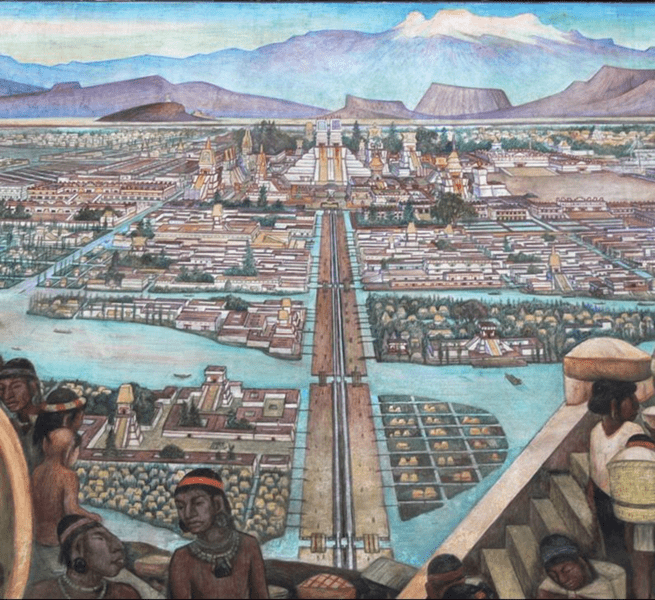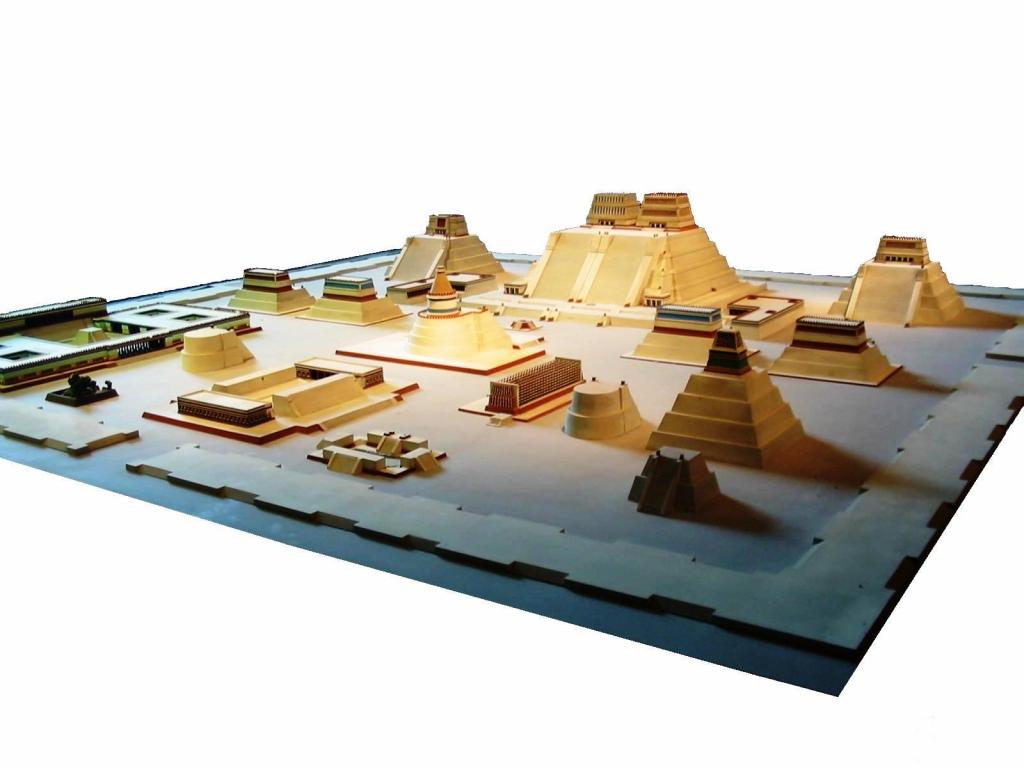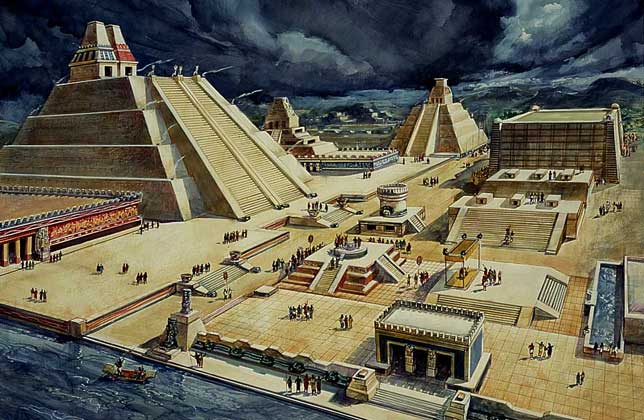
Just when we thought we knew absolutely everything that there was to know about the Pre-Columbian New World!
For at least a portion of my response to some of this, see “National Geographic discovery of Mayan ruins not proof, but very interesting.”
***

Some quotations from Hernan Cortes (aka “Cortez”; 1485-1547) describing his impressions of Tenochtitlan, the capital city of the Aztecs (located essentially where Mexico City now stands). It is considerably later, and far to the north, of the Maya areas that are currently being so sensationally surveyed in Guatemala. I mention it, though, simply because it’s becoming increasingly obvious that the civilizations of ancient Mesoamerica were even more extensive than we had realized just a few years ago — and that our understanding of them is still in its early stages.
There are fully forty towers, which are lofty and well built, the largest of which has fifty steps leading to its main body, and is higher than the tower of the principal tower of the church at Seville.
An abundant supply of excellent water, forming a volume equal in bulk to the human body, is conveyed by one of these pipes, and distributed about the city, where it is used by the inhabitants for drink and other purposes.

The meals were served in a large hall, in which Moctezuma was accustomed to eat, and the dishes quite filled the room, which was covered with mats and kept very clean.
This city has many public squares, in which are situated the markets and other places for buying and selling.
There are apothecaries’ shops, where prepared medicines, liquids, ointments, and plasters are sold; barbers’ shops, where they wash and shave the head; and restaurateurs, that furnish food and drink at a certain price.
The city is as large as Seville or Cordova; its streets, I speak of the principal ones, are very wide and straight; some of these, and all the inferior ones, are half land and half water, and are navigated by canoes.
Posted from Oceanside, California











